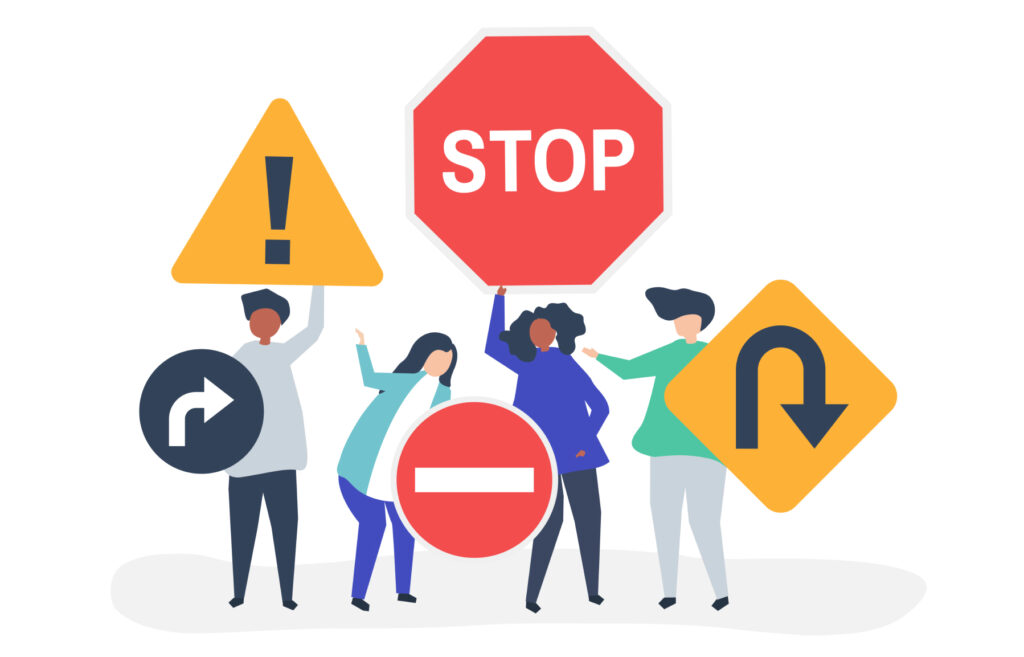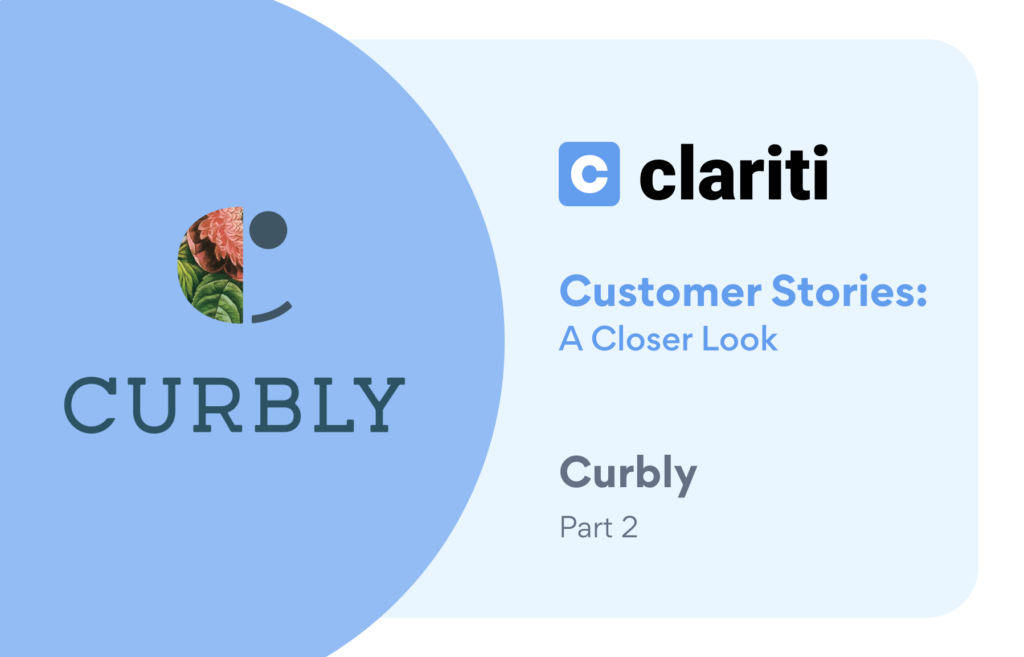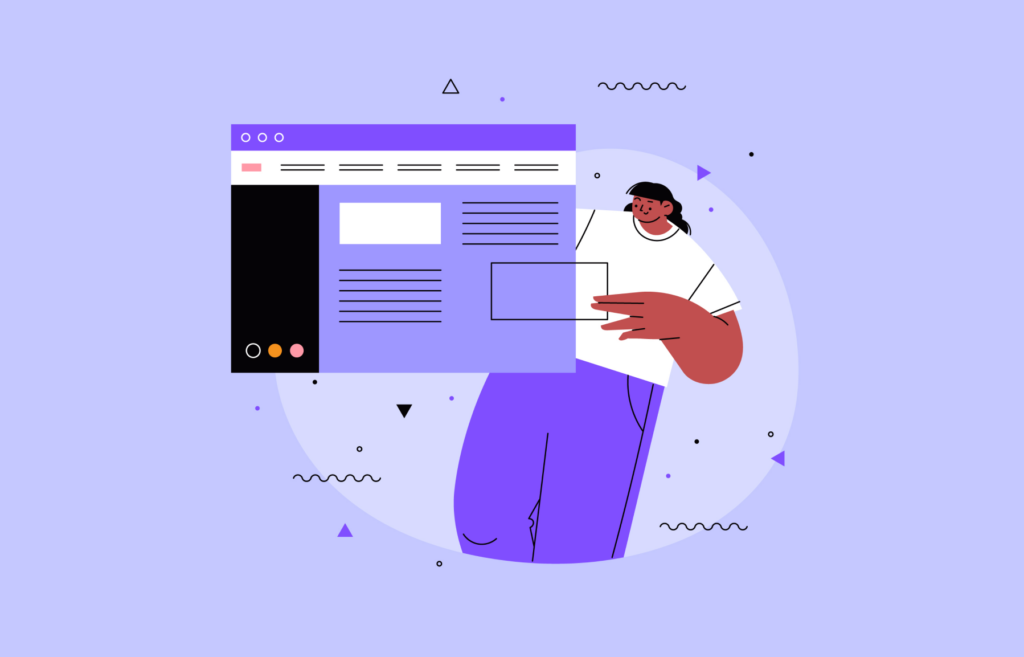Spammy links are super annoying, but they’re no match for the nofollow tag. It’s like having a special signal that tells search engines to assemble and fight back (aka, ignore the spam).
Without the help of nofollow tags, you’re stuck with these links, and your search engine optimization (SEO) ranking could take a big hit. We’ll explore in detail what nofollow tags are, why they’re so helpful, common mistakes, and how to use them effectively in your SEO strategy.
How Nofollow Tags Work
Picture this: You have a new blog post, and a user comments a link that points to another site. Nothing out of the ordinary, right? Except this link points to a low-quality website. The website is now leveraging your rank integrity to enhance its own, tricking search engines into believing that you personally inserted the link and endorsed it.
Here’s where the “nofollow” tag comes into play. Google created the “nofollow” tag in 2005 to support websites by telling search engine crawlers not to rank certain links in an effort to protect the site’s integrity. It’s also used for sponsored content/paid links, preventing you from being penalized by Google if you don’t disclose that those links are sponsored.
When a link is tagged with rel=”nofollow,” search engine bots are instructed not to let it pass any authority or PageRank to the linked page. Essentially, it’s a signal to search engine bots saying, “Hey, I don’t trust this link” or “I’m being paid for this link.”
Benefits of Using Nofollow Tags
Sure, there are plenty of mistakes that can be made (cue the horror movie theme music) when you use nofollow tags improperly, but first, let’s look at why they’re beneficial.
- Stop Spam: As we mentioned earlier, nofollow tags help prevent spam from manipulating or misusing the ranking algorithm. They protect your website from low-quality or irrelevant links that could make your site seem less trustworthy.
- Control Outbound Links: Adding nofollow tags helps search engines determine if external links should earn points with Pagerank, protecting your website’s integrity.
- Maintain Compliance and Credibility: Following search engine guidelines and best practices creates credibility and helps your website avoid penalties.
Results of Misusing Nofollow Tags
So, we know a few reasons why nofollow tags are important (and great for your SEO ranking). But what happens when nofollow tags are used incorrectly?
1. Looks Like Cheating: Sponsored content links promote a product or service for payment. Not marking those links with nofollow tags allows them to potentially influence the site’s ranking – giving your site an unfair competitive advantage. Google and other search engines penalize websites that attempt to manipulate ranking through undisclosed paid links.
2. Creates Confusion: You have to be smart about where you put nofollow tags, especially on links within your own site. Using too many can confuse search engines and make it hard for them to figure out what’s important on your site.
3. Breaking the Balance: If your website’s linking strategy doesn’t match up with how you use nofollow tags, it’s like trying to dance to two different songs at once. This messes up how PageRank flows around your site. You’ll essentially make it harder for important pages to get traffic.
4. Poor Experience for Users: Using too many nofollow tags, especially in places where visitors leave comments or posts, can hurt your engagement (especially if your users are sharing valuable content). The goal is to find the right balance between pleasing search engines and keeping your visitors happy.
5. Hides Your Content: Misusing nofollow tags can accidentally make some of your pages invisible to search engines, so fewer people will find your site when they search online.
Check and Fix Your Nofollow Tags
To make sure you’re using nofollow tags like a pro, just remember these simple rules:
Check with Clariti
Did you know Clariti can help you see if you’re using nofollow tags the right way? Just use the filter tool, pick “Robots Meta Tag,” and choose “nofollow” from the dropdown menu. It’s easy! Check out these tips to learn more about using the filter feature.
Be Strategic
Only use nofollow tags when you really need to. Think of them as special shields you use when you want to fight spam or control how important your pages look to search engines.
Keep Your Visitors Happy
Always think about the people who come to your website. Make sure that nofollow tags don’t hinder their experience or how they interact with your content.
Do Regular Checks
Every now and then, take a look at all the links on your website. If you spot any places where you’ve used nofollow tags by mistake, fix them up right away. It’s a good practice that we often recommend as a preventative step.
Review Your WordPress Settings
If you’re using WordPress, take a look at your settings, plugins, or themes to see if there are any options related to nofollow tags. Sometimes, these settings can affect how search engines treat your links.
Check Your Robots.txt File
Use the “robots.txt Tester” in Google Search Console to make sure your robots.txt file isn’t blocking search engines from crawling certain parts of your site. This could impact how your nofollow tags are interpreted.
Use SEO Tools
Tools like SEMrush can help you identify pages on your website that have nofollow tags. This way, you can quickly spot any issues and make necessary adjustments.
By understanding how nofollow tags work, sticking to the rules, and making sure they match your SEO goals, you’ll be able to use them like a pro. You always want to aim to use nofollow tags correctly to increase your ranking, not hurt it.
Just remember, the better your nofollow tags are used, the better your chances of preventing spammy external links from impacting your website. Use these tips as a guide to clean up your nofollow tags for improved SEO and visibility.




